In today’s blog we present a veritable cornucopia of museum options in Amsterdam! This is what happens when you return to a city for the fifth time. We’ve seen all the “biggies”, like the Rijksmuseum (chock full of Rembrandts and the like) and the Van Gogh Museum (with Van Gogh’s art and ear on display1) and of course the Anne Frank House (all several times). So once we left England for a 1-week stopover in Amsterdam before continuing east, we figured it was time to see some of the “other” museums in Amsterdam. This was how we spent our Thanksgiving week, by the way.
Granted there were a couple of the big, popular Amsterdam museums that we saw for the first time. There was the Heineken Experience, the headquarters and original brewery for Heineken beer. You can see old brewing equipment and even the Heineken horses, but much of this museum is interactive games and a “Be The Beer” motion ride…obviously targeting a younger crowd. We also saw the Hermitage Amsterdam, a branch of the Hermitage in St. Petersburg, Russia, for a somewhat interesting presentation of portraits (some are huge) of the business class nobility that made Amsterdam a world power in the 17th century (go for the history, not the art).


Lastly, before we get to our 5 quirky museums, there’s the Museum of Our Lord in the Attic (officially, “Museum Ons’ Lieve Heer op Solder”). When the reformation swept the Netherlands, Catholic churches were confiscated and repurposed for protestant congregations. It being bad business to completely banish and persecute people of other beliefs, like Catholics and Jews and Muslims, the ruling business class of Amsterdam didn’t banish them and their cash, nor did they make them convert. As long as they held their services in private, they were left alone. This museum is actually the entire home of a wealthy Catholic businessman from the 17th century who installed a church, complete with small rectory for their parish priest, in his attic. For a couple of centuries, Catholics climbed to his attic for mass. This museum was splendid, worthy of its own blog (hence no pictures for now), not only for the church in the attic but for the history of the entire house and family. It’s as much a museum of Amsterdam history as a Catholic church in the attic.
But today’s blog presents a list of 5 quirky museums in Amsterdam. If you’ve seen everything else and are looking for something “different” to see in Amsterdam, well, here are a few suggestions.
The Amsterdam Cheese Museum – We’ll start easy. This is really a cheese store, but unlike the dozens of other touristy cheese stores you’ll see throughout the city, this one has a nifty little museum in its basement. It’s a 1-room display, both informational and with some old artifacts. Spend 30 minutes down there and you’ll learn how cheese is made, and you can take your picture wearing some cheesy Dutch cheese-maker costumes (for twice the cheesiness!). The best part is the museum’s free, though you’ll be tempted with lots of free samples, several good enough to entice you to buy a chunk of something delicious. Set aside an hour for a visit.
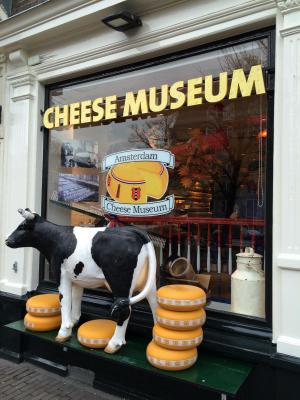
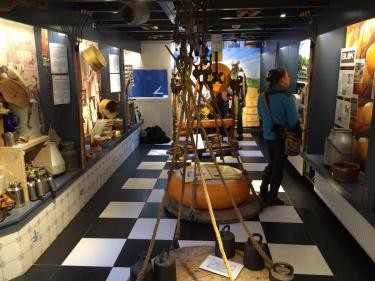
Amsterdam Tulip Museum – Next door to the Amsterdam Cheese Museum you’ll find the Amsterdam Tulip Museum. The tulip, actually native to the Himalayas, owes its world-wide prominence to Amsterdam. The iconic bulb-based flower came to the Netherlands by way of Istanbul, where it was prized and pampered and cultivated by the Sultans. Dutch traders (of course) brought it to Amsterdam where it eventually set off a market frenzy (the world’s first, and only, “flower bubble”). Prized tulip bulbs, at the height of the craziness, cost more than most people’s homes. This museum traces this surprising history up to today. Set aside 2 to 3 hours to visit, depending on how fascinating you find tulips.
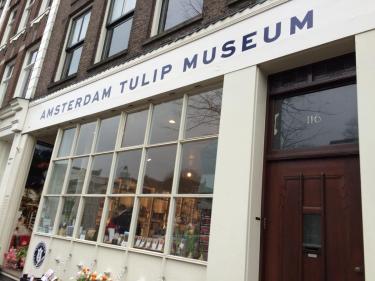
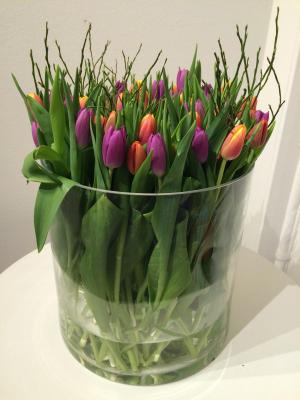
Museum of Sex – You shouldn’t be surprised that there is such a museum in Amsterdam. It’s hard to miss on the Damrak, Amsterdam’s main street leading away from the Central Station. If you aren’t offended by erotic images or items of an erotic nature, this is actually a pretty interesting little museum. While the silly animatronic figures could be done away with, the displays include ancient to Edwardian erotic art, common everyday objects with erotic imagery (I will never know what prompted someone to carve sexual imagery on a pair of ivory binoculars–I mean, did some guy fear he’d forget an important detail while out on a hunting trip?), and—how should we say?—objects of pleasure. But we found the 19th century and early 20th century collection of erotica most interesting: you’ll quickly realize that nothing people do today is anything new. Set aside 2 to 3 hours for your visit, depending on how sexy you are.
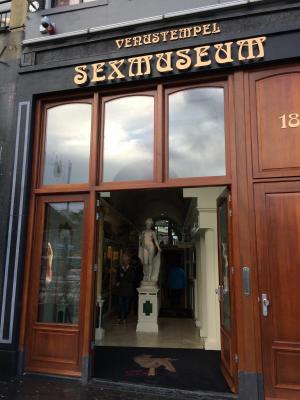
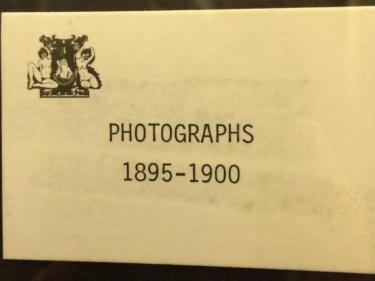
Prostitution Museum, aka Red Light Secrets Museum – You shouldn’t be surprised either that Amsterdam has a museum dedicated to prostitution. If the only way you’ll be caught in the Red Light District is during the middle of the day, yet you still want to check it out, this museum might be your excuse. It’s not as interesting as the Museum of Sex, but it does present a different perspective on Amsterdam’s prostitution industry than you might expect. And if you’re curious what those rooms look like behind the red lights and curtains, this museum has a couple of rooms setup as they would be for “working girls” so you can see what they look like without getting “fully invested”, so to speak. Give it about an hour to visit.
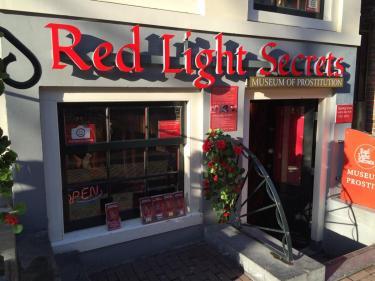
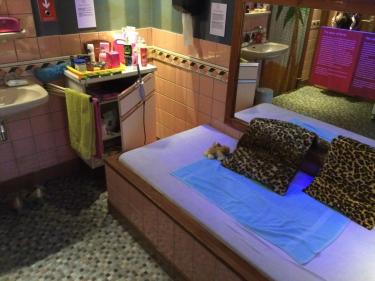
Electric Ladyland – And finally, the museum that’s likely to have us talking for years. The name implies it has something to do with the topics of the previous two museums, but this museum is actually dedicated to the art of…ultraviolet lighting. That’s right, black lights. If, as a teenager, you were mesmerized by funky, psychedelic black felt posters that came to vivid, mind-blowing life when under those purple lights we all used to have in the 60’s and 70’s, this is the place for you. It’s something of an art studio with a tiny, low-ceilinged basement packed with an “art installation” and any item you could imagine that turns “far-out, dude” when under ultraviolet light. The whole museum is more like this guy’s house, a pleasant old hippy from America who will personally guide you through the museum, showing you how natural rocks from Nepal glow under a certain light, and telling you stories of how he used to sneak around in people’s backyards back in Jersey with a battery-powered black light looking for glowing rocks. You have to take your shoes off to go down into the basement, that’s how cool it is. Set aside about an hour.

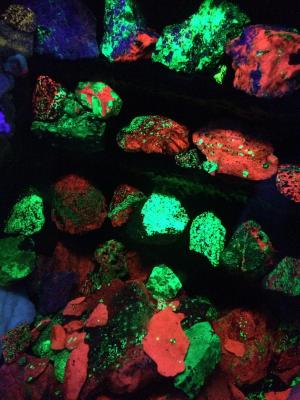
A worthy mention: at the corner down from the Cheese Museum and the Tulip Museum is a little photo-art store called the Rock Archive. It’s a gallery of rock-and-roll photographic memorabilia worth a browse. Sometimes, we hear, a rock-a-billy dance party spontaneously breaks out in front of their store. Also, we didn’t make it to the Cannabis Museum, at least we don’t think we did.
1 – Not really. But we have seen Galileo’s finger; it’s in the Museo Galileo science museum in Florence.






